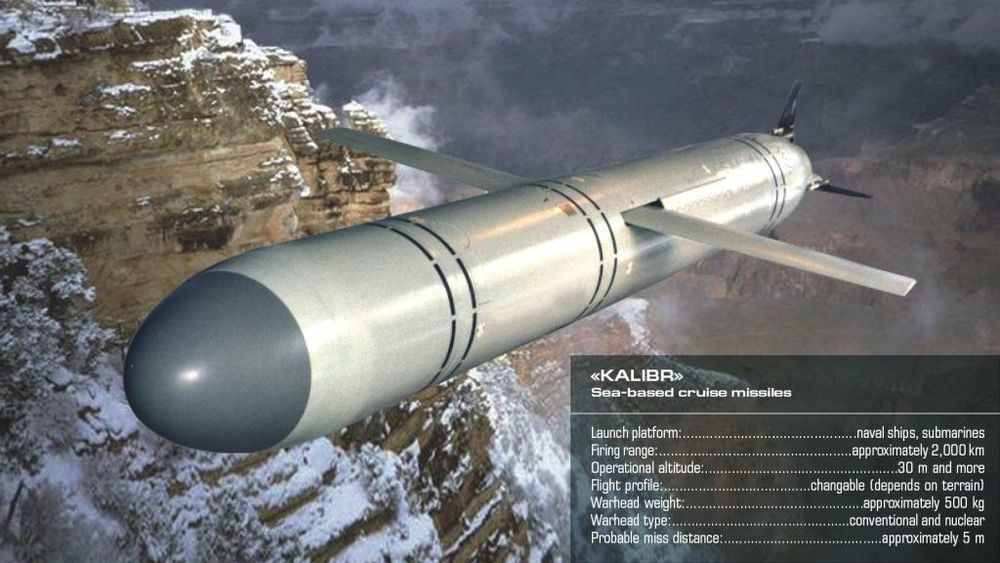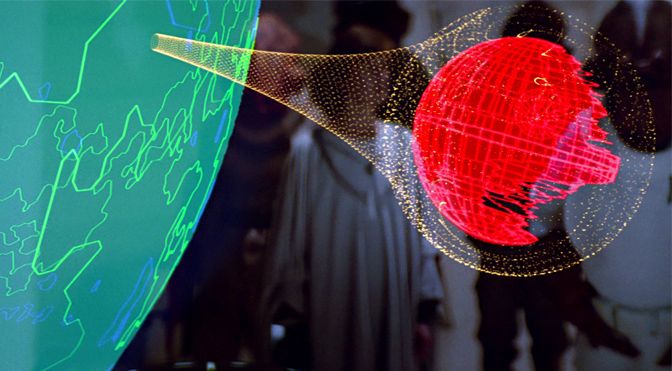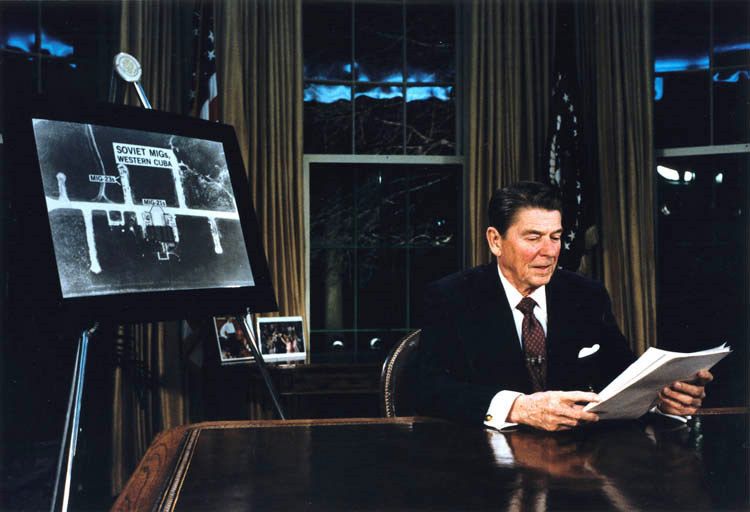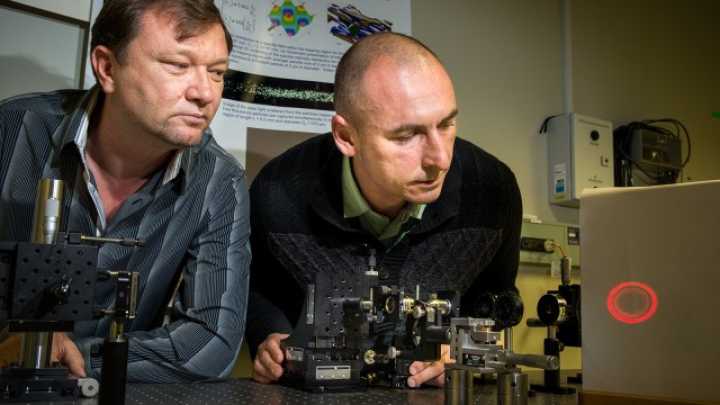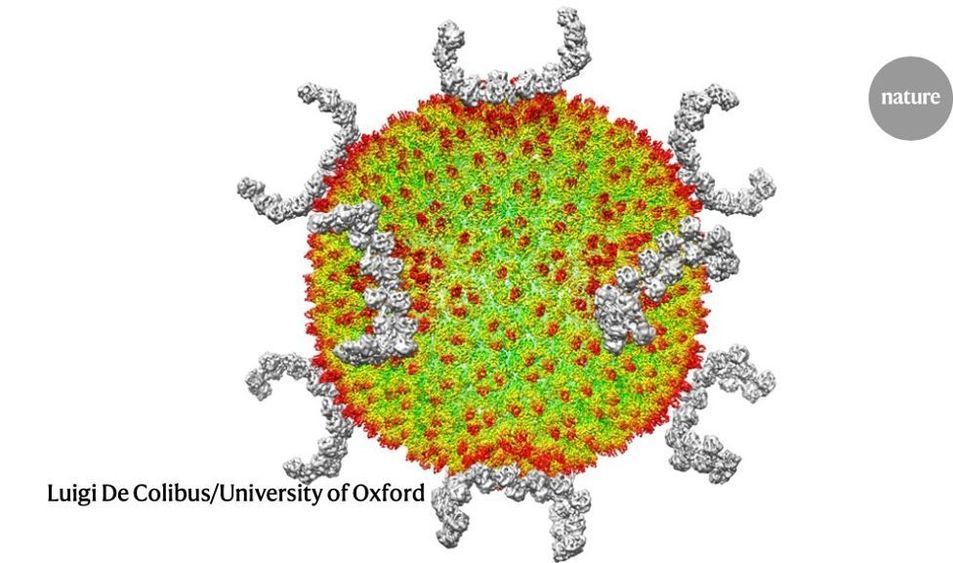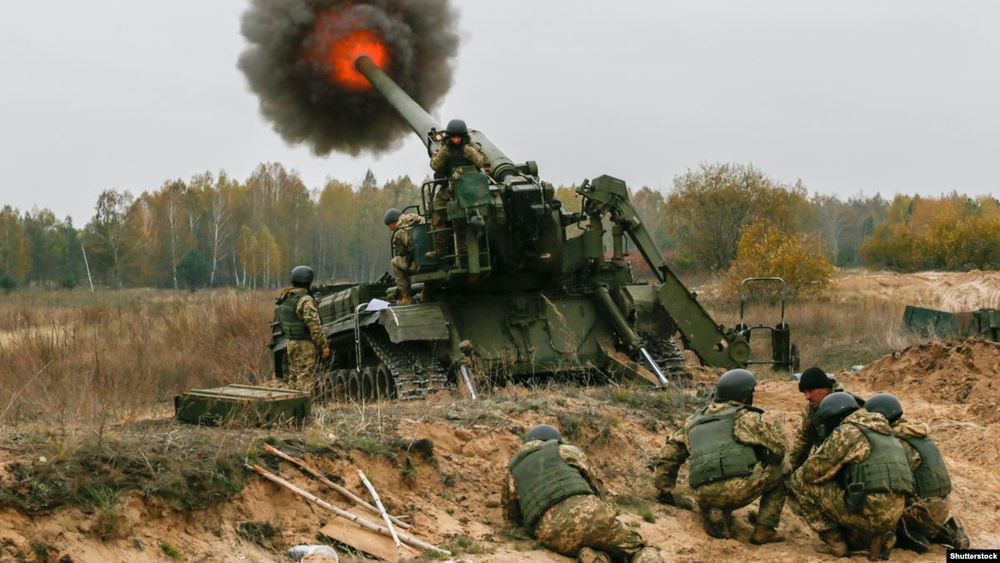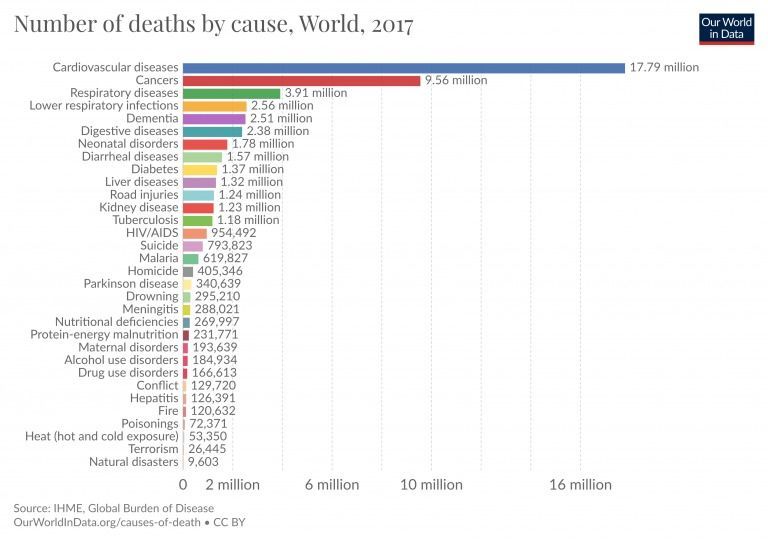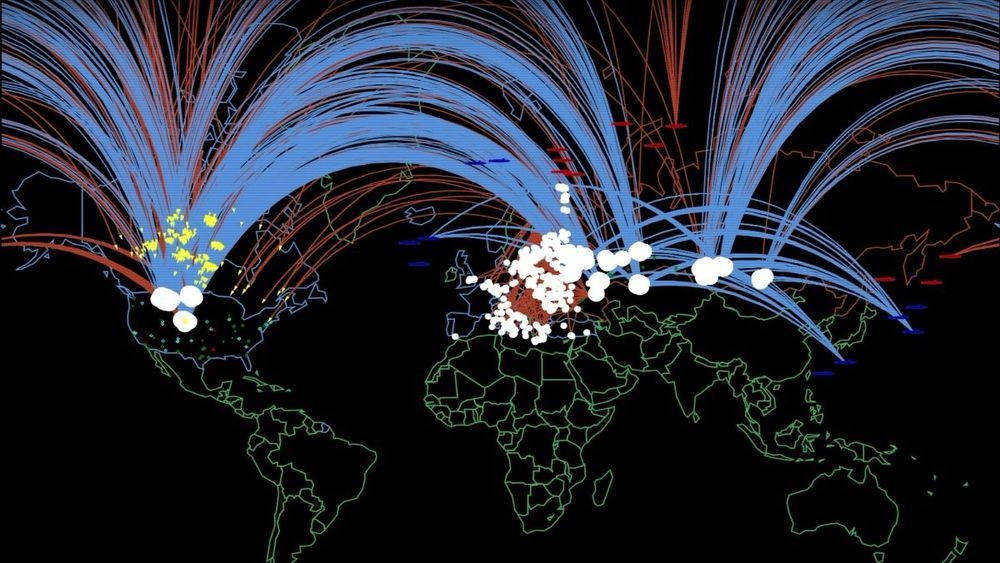Instead of building a 100-kilowatt weapon, the Army now plans to leap straight to 250 or even 300 kW — which could shoot down much tougher targets.
Circa 2014
Star Wars is science fiction, but deflector shields like the ones in the films might be possible with today’s technology. There are still a few kinks to work out, but a group of physics students have figured out the basics.
Circa 2018
In 1963, L. Herwig proposed the nuclear pumped laser, based on the idea that the ions produced from nuclear reactions can be used as a driver for the laser medium. Since high power and high efficiency lasers with short wavelengths require high pumping power densities, nuclear pumping is an extremely appealing method. Nuclear pumped lasers could therefore direct significant amounts of energy emitted in a nuclear explosion into a very narrowly collimated beam. This beam would not only be able to destroy or damage targets from very long ranges, but also preclude subsequent use due to its own self-damaging mechanism to the initial weapon. [1] This system would ultimately constitute “a ‘third generation’ of nuclear weapons, the first two generations being the atomic (fission) and the hydrogen (fusion) bombs,” according to Edward Teller, also known as “the father of the hydrogen bomb”. [2] In this sense, it would be able to target energy toward specific targets instead of spreading energy into all directions.
Strategic Defense Initiative
On March 23, 1983, President Reagan announced plans to build a defensive Anti Ballistic Missile (ABM) system to protect against a potential intercontinental ballistic missile attack on the United States (Fig. 1). The Strategic Defense Initiative (SDI) program outlines a multilayered defense system. The first line of this defense aimed to destroy missiles in their boost phase just after launch, with a candidate for this first line being the nuclear-explosion-pumped X-ray laser. [2].
Circa 2015
Spaceships in movies and TV shows routinely use tractor beams to tow other vessels or keep them in place. Physicists have been hard at work trying take this technology from science fiction to reality. Significant process has recently been made by a team who have developed a laser tractor beam able to attract and repel particles about 100 times further than has been previously achieved. The lead author of the paper, published in Nature Photonics, is Vladlen Shvedov at Australian National University in Canberra.
Other recent tractor beams have used acoustics or water, but this one uses a single laser beam to control tiny particles about 0.2 millimeters in diameter. The tractor beam was able to manipulate the particles from a distance of 20 centimeters, shattering previous records. Despite this incredible distance, the researchers claim it is still on the short end of what is possible for this tractor beam technique.
“Because lasers retain their beam quality for such long distances, this could work over meters. Our lab just was not big enough to show it,” Shvedov said in a press release.
Artificial Intelligence
Posted in business, policy, robotics/AI
The hype about artificial intelligence is unavoidable. From Beijing to Seattle, companies are investing vast sums into these data-hungry systems in the belief that they will profoundly transform the business landscape. The stories in this special report will deepen your understanding of a technology that may reshape our world.
© 2019 Fortune Media IP Limited. All Rights Reserved. Use of this site constitutes acceptance of our Terms of Use and Privacy Policy (Your California Privacy Rights).
Fortune may receive compensation for some links to products and services on this website. Offers may be subject to change without notice.
Quotes delayed at least 15 minutes. Market data provided by Interactive Data. ETF and Mutual Fund data provided by Morningstar, Inc. Dow Jones Terms & Conditions: http://www.djindexes.com/mdsidx/html/tandc/indexestandcs.html.
Technologies to watch in 2020
Posted in futurism
Tech Watch 2020:
Thought leaders predict the tech developments that could have a big impact in the coming year.
KYIV — Some 13,000 people have been killed, a quarter of them civilians, and as many as 30,000 wounded in the war in eastern Ukraine since it broke out in April 2014, the United Nations says.
The estimated toll includes more than 3,300 civilian deaths, the UN Office of the High Commissioner for Human Rights (OHCHR) said in a document dated February 25 and provided to RFE/RL the same day.
It comes as the simmering conflict between Russia-backed separatists and government forces approaches its sixth year, with little progress toward the implementation of a Western-brokered cease-fire and political-settlement deal known as the Minsk Accords.
North Korean famine
Posted in economics
There is a hidden famine in north korea and mass atrocities are happening there.
Korean: 조선기근), also known as the Arduous March or the March of Suffering[5] ( 고난의 행군 ), was a period of mass starvation together with a general economic crisis from 1994 to 1998 in North Korea.[6].
Causes of Death
Posted in futurism
56 million people died in 2017.1 What caused their death? How did the causes of death change over time and differ between different countries and world regions? And what are the risk factors that lead to early death? These are the big questions we are answering here.
Welp o.o if we got a global emp we could disable all nukes.
This nuclear war simulator predicts what would happen in the first few hours of a major conflict between Russia and the U.S.
